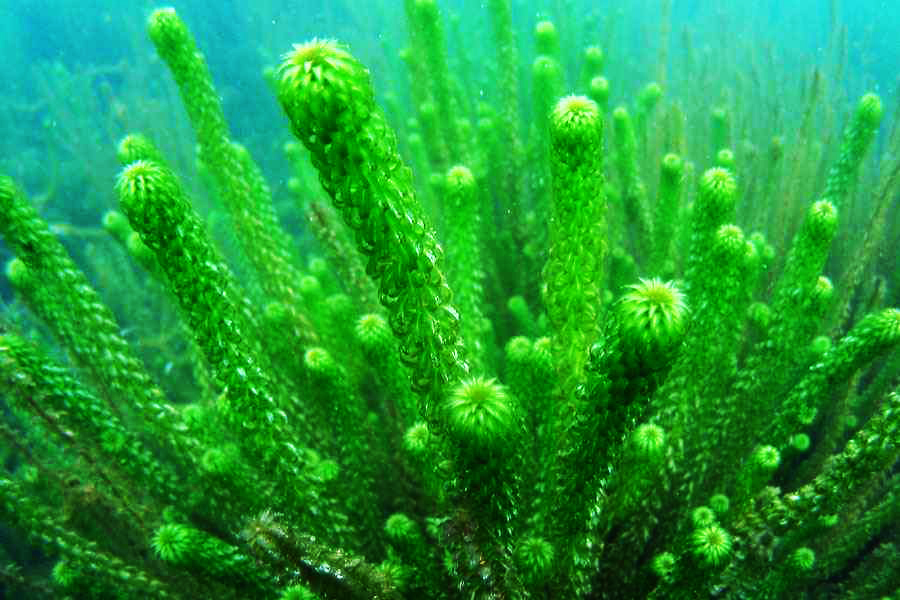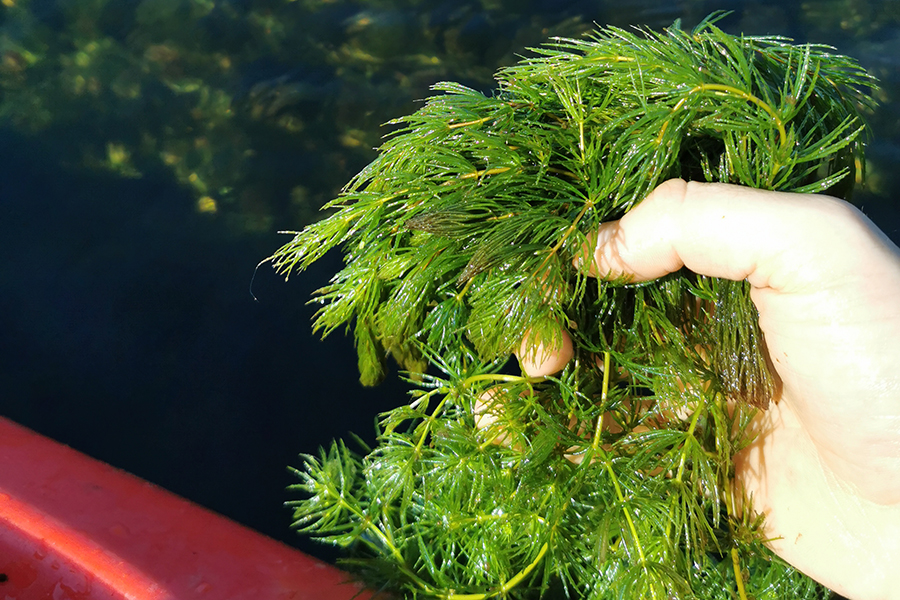Dune Lakes Project - Q&As
Dune lakes are precious and rare meaning Northland’s dune lakes are nationally and internationally important. While many of them are in excellent condition, others are slowly degrading and need help.
What is the Northland Dune Lakes project?
The Ministry for the Environment’s Freshwater Improvement Fund (FIF) commits $100 million over 10 years to improve the management of New Zealand’s lakes, rivers, streams, groundwater and wetlands. As part of the FIF, the Northland Regional Council received matching-funding to improve the water quality of some of Northland’s dune lakes. The total project value is $1,565,950 over five years.
Which lakes will be treated?
During the spring of 2020, Lake Ngatu was treated for South African oxygen weed (Lagarosiphon major). Annual searches since 2020 have failed to find any of the weed. NRC will survey the lake every year for five years to see if we have eradicated the weed from Lake Ngatu.
In the summer of 2022, three lakes were treated for hornwort (Ceratophyllum demersum). Initial results are promising with major reductions in the amount of hornwort in the lakes. Surveys are underway to see if second treatments are required.
Another lake on the Poutō Peninsula has hornwort and a first treatment of this weed is planned for October 2022, along with follow up treatments of the other three lakes if required.
How will water quality be improved?
The project targets declining water quality. The pressures are many but include stock-access, water runoff with its associated nutrients and sediment, exotic pest fish and invasive water-weeds.
Project work includes removing pest fish, eradicating water-weeds such as Ceratophyllum demersum (hornwort) and Lagarosiphon major (lagarosiphon, South African oxygen weed), educating students and the wider community about threats to dune lakes, fencing out stock, and reducing the impact of drains.
Why are weeds a problem?
Exotic water-weeds are spread accidentally very easily by a range of activities such as boating, duck hunting, eel fishing with nets, digger operations and farm drains. Aquatic weeds can easily outgrow the native plant community, often choking a lake to the point of collapse and resulting in an algal bloom becoming dominant.
This blue-green algae (cyanobacteria) further shades out remaining native plants and depletes oxygen, often killing fish and other aquatic life. A toxic algal bloom can make the water unfit for consumption and/or even skin contact by people or animals.
Aquatic weeds also affect recreational activities such as boating, and swimming. The weeds grow from fragments, so tiny pieces caught on your gear, boats and trailers can be transferred to another unaffected waterbody.
Whilst we plan on eradicating lagarosiphon and hornwort from lakes, we will also be working to stop the spread of weeds and other pests by raising awareness and encouraging people to use the appropriate ‘check, clean, dry’ behaviours before moving between waterways.
How do you plan to remove the weed?
Regional council has investigated a range of options to remove weeds, including mechanical removal, biological control and treating the lakes with targeted herbicides. Each of these methods has been used in Northland in the past and herbicide has proved to be the most successful long-term option so far.
What restrictions will apply if herbicide is used?
Following application of Aquathol K, there are restrictions in place. The table below lists these restrictions. . NRC have been granted permission from the Environmental Protection Authority (EPA) to use Aquathol K.
What does this mean if I take water from the lake or use it to water my stock?
If and when future weed control is planned, we will continue to advise stakeholders on what water restrictions will mean for you because you will need to make alternative arrangements to accommodate the following restrictions after a herbicide application. We also recommend keeping pets/dogs/stock away from the lakes during restrictions.
| Aquathol K (Endothall) Water Restrictions – period after day of herbicide applications | ||||
| Swimming | Fishing for eating or feed | Drinking | Watering livestock | Overhead irrigation |
| 24 hours | 3 days | 14 days or until residual herbicide is below exposure limits | 14 days or until residual herbicide is below exposure limits | 14 days or until residual herbicide is below exposure limits |
What else are we doing to help our lakes?
- Pest fish removal for some lakes.
- Fencing and planting. We have provided funding to complete fencing on Lake Midgley, full fencing on Lake Shag, which sits in the Kai Iwi Lakes group and fencing on the northern side of Lake Wahakari, which will improve the quality of water supply for the Te Kao community.
- The project will continue to remedy the effect of many drains emptying into the lakes, with sediment traps and riparian planting. Lake Ngatu works are complete.
- In partnership with Enviroschools and Te Aho Tu Roa, education events focusing on water weeds, pest fish and water quality monitoring were held at ten different lakes, with 600 students and over 3,500 trees planted.
Note: The spelling of Ngakeketo appears on maps as Ngakeketa. Mana whenua iwi advise that this is a misspelling.
Who do I contact if I have any questions or comments?
Contact the Biodiversity Team by:
Freephone 0800 002 004 | Email [email protected]

Lagarosiphon is one of the exotic water-weeds we plan to eradicate from Northland lakes. (Photo credit: Trevor Reed).

Hornwort (Ceratophyllum demersum) is an exotic water weeds we will control in Northland lakes.
